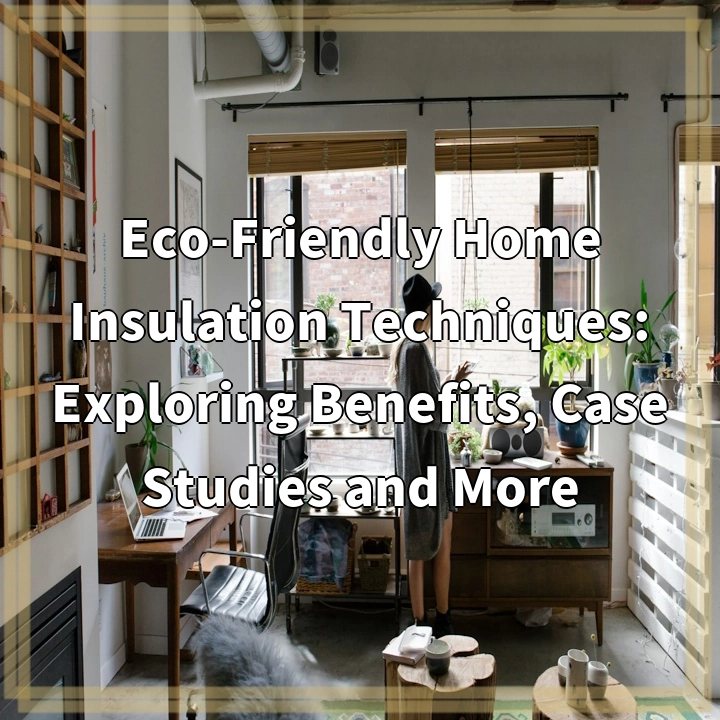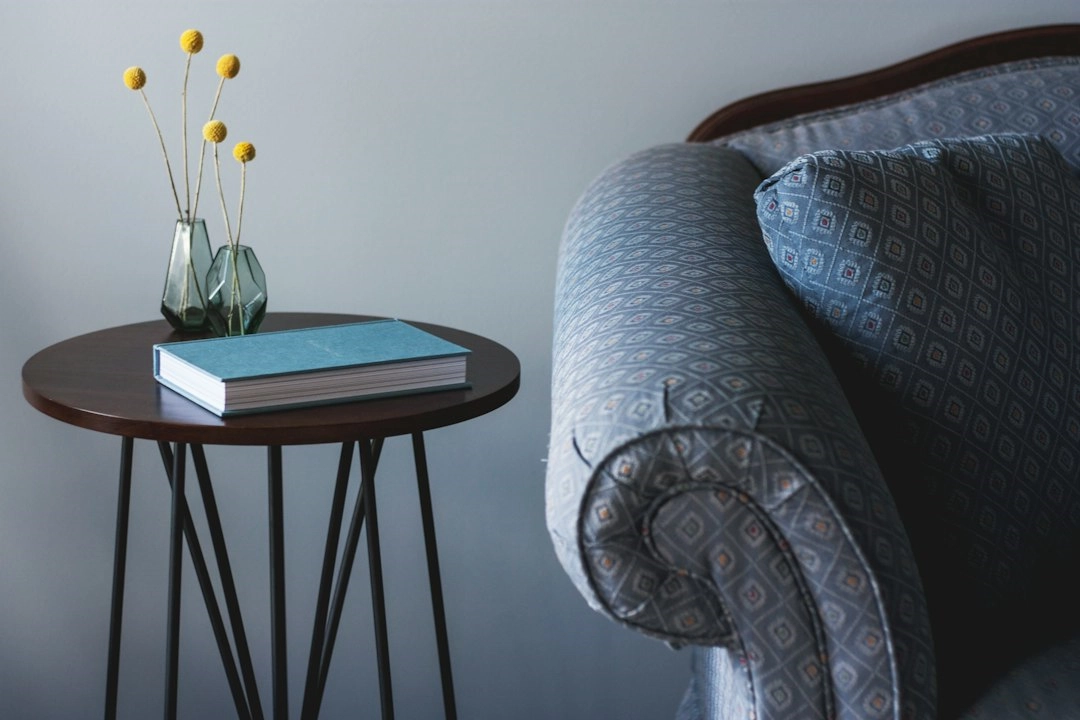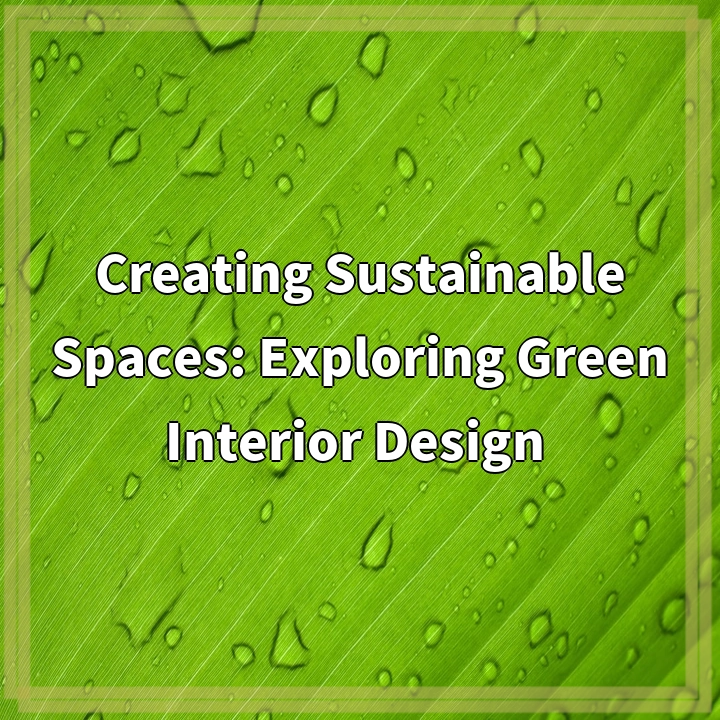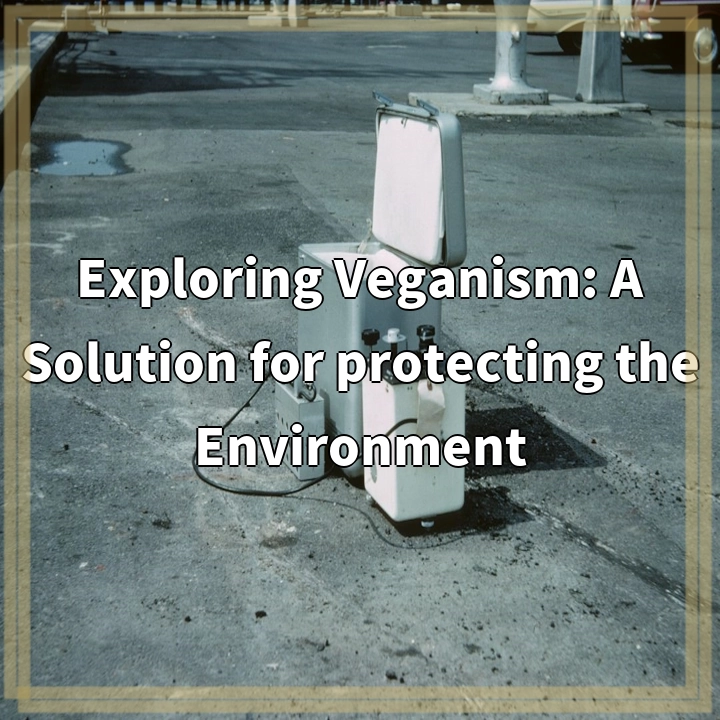
What Are Eco-Friendly Home Insulation Techniques?
Eco-friendly home insulation techniques refer to the use of sustainable and environmentally friendly materials and practices to improve the thermal efficiency and comfort of homes. Traditional insulation materials, such as fiberglass and foam, often have detrimental effects on the environment during production and disposal. Eco-friendly alternatives aim to reduce energy consumption, minimize greenhouse gas emissions, and promote healthier living environments.
Real-World Problems Associated with Eco-Friendly Home Insulation
1. Cost Considerations
One of the primary challenges with eco-friendly home insulation is the initial cost. In many cases, sustainable insulation materials and techniques may have a higher upfront investment compared to conventional options. However, it’s important to consider the long-term benefits and potential savings in energy costs that can offset this initial expense.
2. Limited Availability
Another problem is the limited availability of eco-friendly insulation materials in some areas. While demand for sustainable options is growing, it can still be challenging to find a wide variety of eco-friendly insulation products in certain regions. This may require homeowners to explore alternative sources or order materials from distant locations, which can add to the overall project costs.
3. Installation Requirements
Certain eco-friendly insulation materials may require specialized installation techniques and equipment. It is crucial to hire experienced professionals who are familiar with the specifics of these materials to ensure proper installation. This expertise may not always be readily available, which can pose a challenge for homeowners seeking to implement eco-friendly insulation techniques.
4. Performance and Effectiveness
While eco-friendly home insulation options have come a long way in terms of performance, some materials may still have lower insulating properties compared to their traditional counterparts. It is important to carefully evaluate the R-value (insulating capacity) and other performance factors of eco-friendly insulation materials to ensure they meet the specific needs of the home and climate.
5. Retrofitting Existing Homes
Retrofitting existing homes with eco-friendly insulation techniques can be more challenging than incorporating them into new construction. Older buildings may have structural limitations that require careful consideration when choosing and installing insulation materials. Additionally, retrofitting may involve additional costs and disruptions to the occupants during the installation process.

Solutions to Real-World Problems in Eco-Friendly Home Insulation
1. Cost Considerations
Despite the initial investment, eco-friendly home insulation can offer long-term savings in energy costs. Homeowners should consider the return on investment and potential energy savings when evaluating the cost of sustainable insulation options.
2. Availability
While availability may vary by location, homeowners can explore local suppliers or online sources specializing in eco-friendly insulation materials. Working with contractors or experts in sustainable home construction can also provide guidance on sourcing the right materials.
3. Professional Installation
To ensure proper installation, it is essential to hire professionals with experience in eco-friendly insulation techniques. Research and connect with local contractors who specialize in sustainable building practices to effectively install the chosen materials.
4. Performance and Effectiveness
Homeowners should carefully assess the specific insulation needs of their homes and climate when choosing eco-friendly materials. While some sustainable options may have slightly lower insulating properties, considering factors like proper sealing and airtight construction can help optimize overall energy efficiency.
5. Retrofitting Existing Homes
For retrofitting projects, consulting with experts in eco-friendly building retrofitting can provide valuable insights. They can determine the best insulation options that align with a home’s structure and provide guidance on minimizing disruptions during the installation process.















